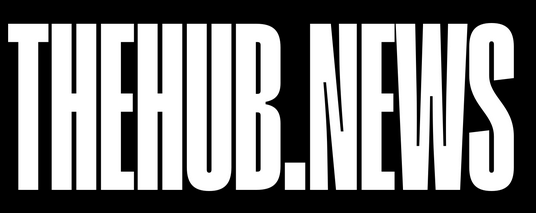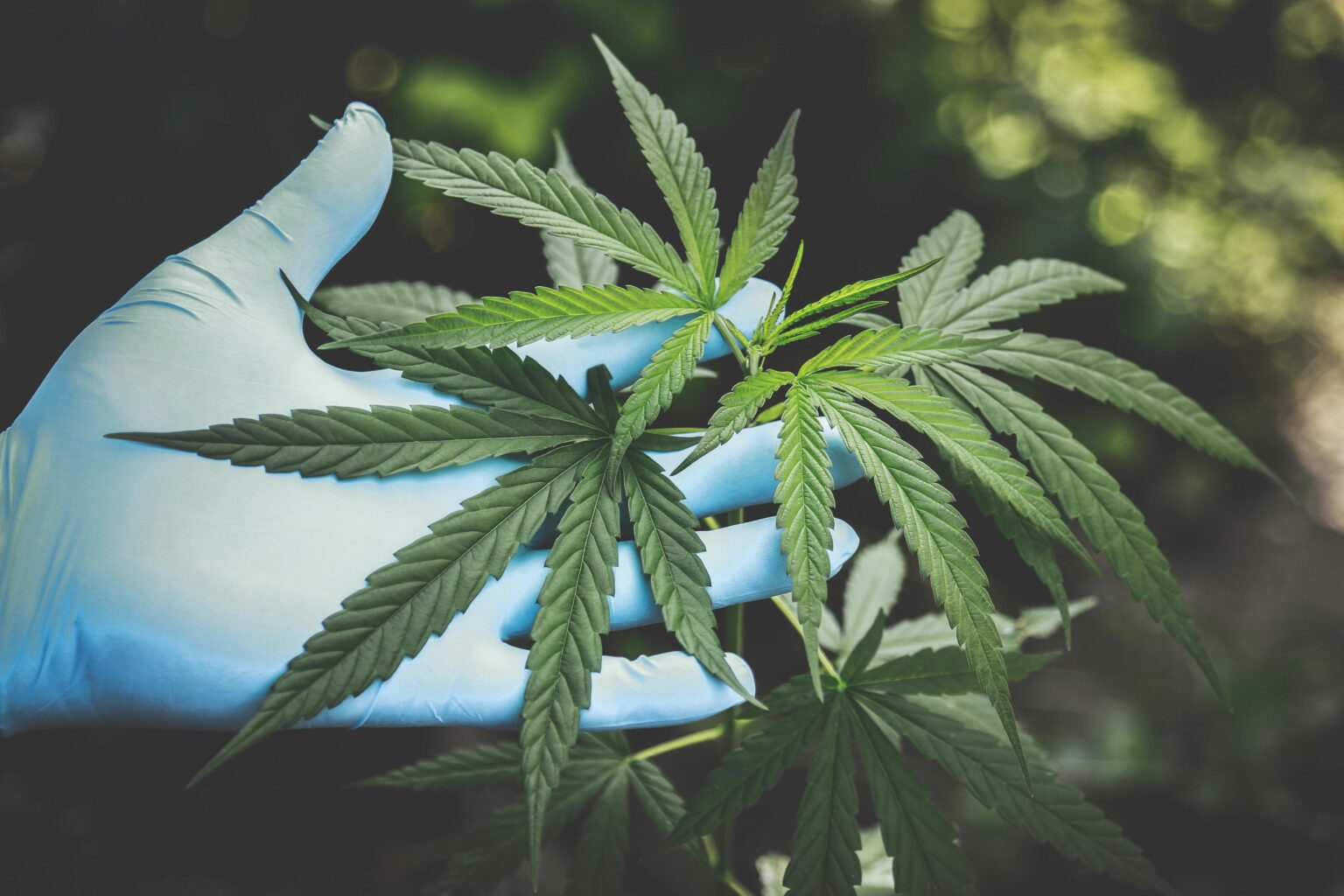Cannabis has had a nuanced relationship with the United States for over a century. Before the 1900s, the plant was used in a multitude of ways for medicines, paper, cloth and more, but the 20th century brought about restrictions with lasting effects on the legal use of marijuana.
In 1906, Congress passed the Pure Food and Drug Act. Though the law was prompted by the national disgust with the old meat production practices in the United States-which was exposed by Upton Sinclair in his book, The Jungle, this law was the first regulation on cannabis production and distribution. The Pure Food and Drug Act was the first federal law dealing with public health-which before was dealt with on a state level. It opened the door for Big Pharma, street dealing, drug classifications and drug prohibition to emerge.
In 1937, the Marihuana Tax Act was introduced, allowing the government to incarcerate citizens for cannabis usage, possession or distribution. According to many historians, this decision was not democratically made by the public. Many doctors and pharmacists at the time highlighted the positives of cannabis in medicine, but special interest overpowered this. The article, “The Science behind the DEA’s Long War on Marijuana,” highlights these racially and monetarily-motivated interests that led to the drug classification of cannabis.
“Overt racism, combined with New Deal reforms and bureaucratic self-interest are often blamed for the first round of federal cannabis prohibition under the Marihuana Tax Act of 1937, which restricted possession to those who paid a steep tax for a limited set of medical and industrial applications,” the article states.
Amidst racial segregation in America, agencies used racist advertising to paint a picture of cannabis. It became a drug commonly associated with Black and Latino people-and this connotation made many state representatives less inclined to support the plant.
In 1970, the Marihuana Tax Act was ruled unconstitutional and was replaced by the Controlled Substances Act of 1970 under the Nixon administration. This classified drugs under different categories with Schedule 1 being the most harmful. Cannabis, heroin and LSD were all classified under Schedule 1, and in 1971 Nixon declared a “war on drugs.”
What’s interesting about Nixon’s war on drugs is that it was a deliberate tactic to attack anti-Vietnam War protestors and Black people, and it aided in the mass incarceration of the latter group.
Vera Institute obtained a “Drug War Confessional” with statements made by Assistant to President Nixon for Domestic Affairs, John Ehrlichman, exposing the administration’s sneaky tactics to demonize African Americans and hippies.
He notes how these groups were the Nixon administration’s “two enemies.”
“We knew we couldn’t make it illegal to be either against the war or black, but by getting the public to associate the hippies with marijuana and blacks with heroin, and then criminalizing both heavily, we could disrupt those communities,” Ehlichman added. “We could arrest their leaders, raid their homes, break up their meetings, and vilify them night after night on the evening news.”
He admits they were fully aware of lying to the public about the drugs.
The 1990’s brought new revelations on cannabis usage in the medical field, and California was the first state to legalize medical marijuana in 1996. This medical legalization started to become a trend across states over the years and eventually some states started considering legalizing recreational use. Still the drug remained under Schedule 1 classification on a federal level.
Currently recreational cannabis is legal in about 24 states and medical marijuana is legal in 41 states, yet the plant’s Schedule 1 classification has remained the same since the Nixon administration with no budge-that was until this past Tuesday.
On Tuesday, April 30, the Biden administration announced their plan to reclassify cannabis under the Controlled Substances Act. President Biden plans to reschedule marijuana as a Schedule III drug. This would put cannabis in the same drug category as ketamine and certain steroids-which are considered significantly less dangerous drugs compared to Schedule 1. This classification is a crucial step towards lowering historic and biased cannabis regulations.
The AP News notes that this decision still needs to be reviewed by the White House Office of Management and Budget. If approved, the DEA will reclassify the drug. This classification still means marijuana remains a controlled substance that cannot yet be recreationally legalized on a federal level.
Many cannabis advocates push for the “descheduling” of marijuana, which would mean taking the plant off the controlled substance list entirely. This would allow way more freedom in the growing cannabis industry. With the rigorous historic attempts to prohibit cannabis, Biden’s plan is a step in the right direction.


